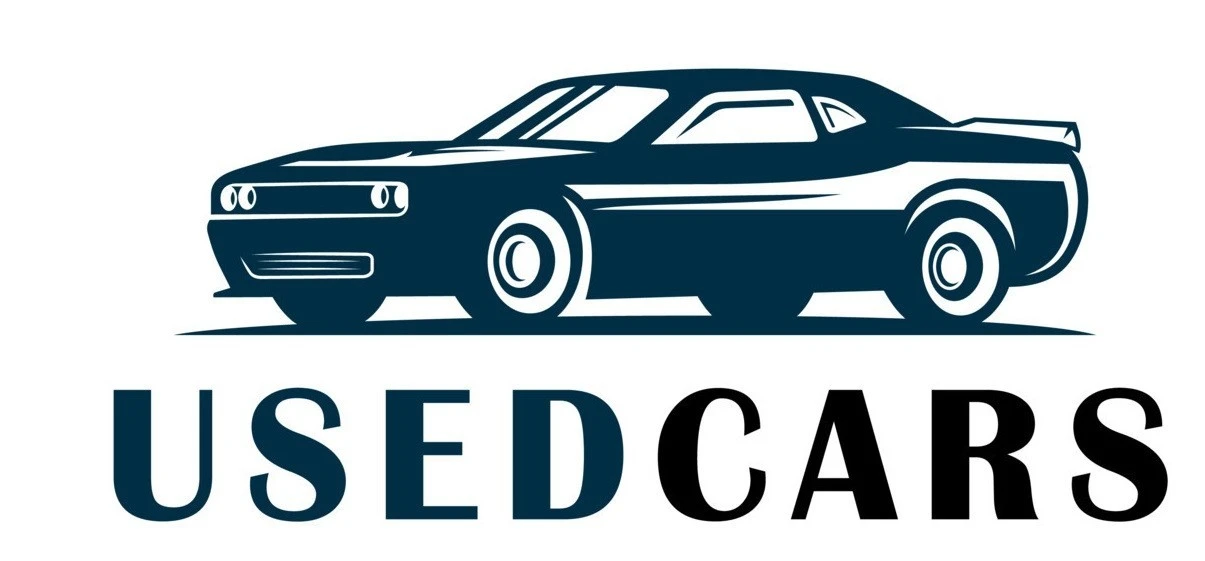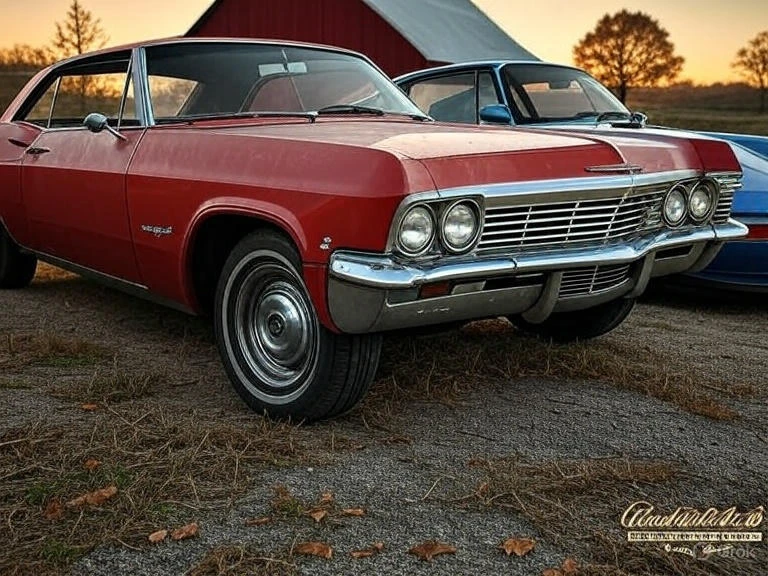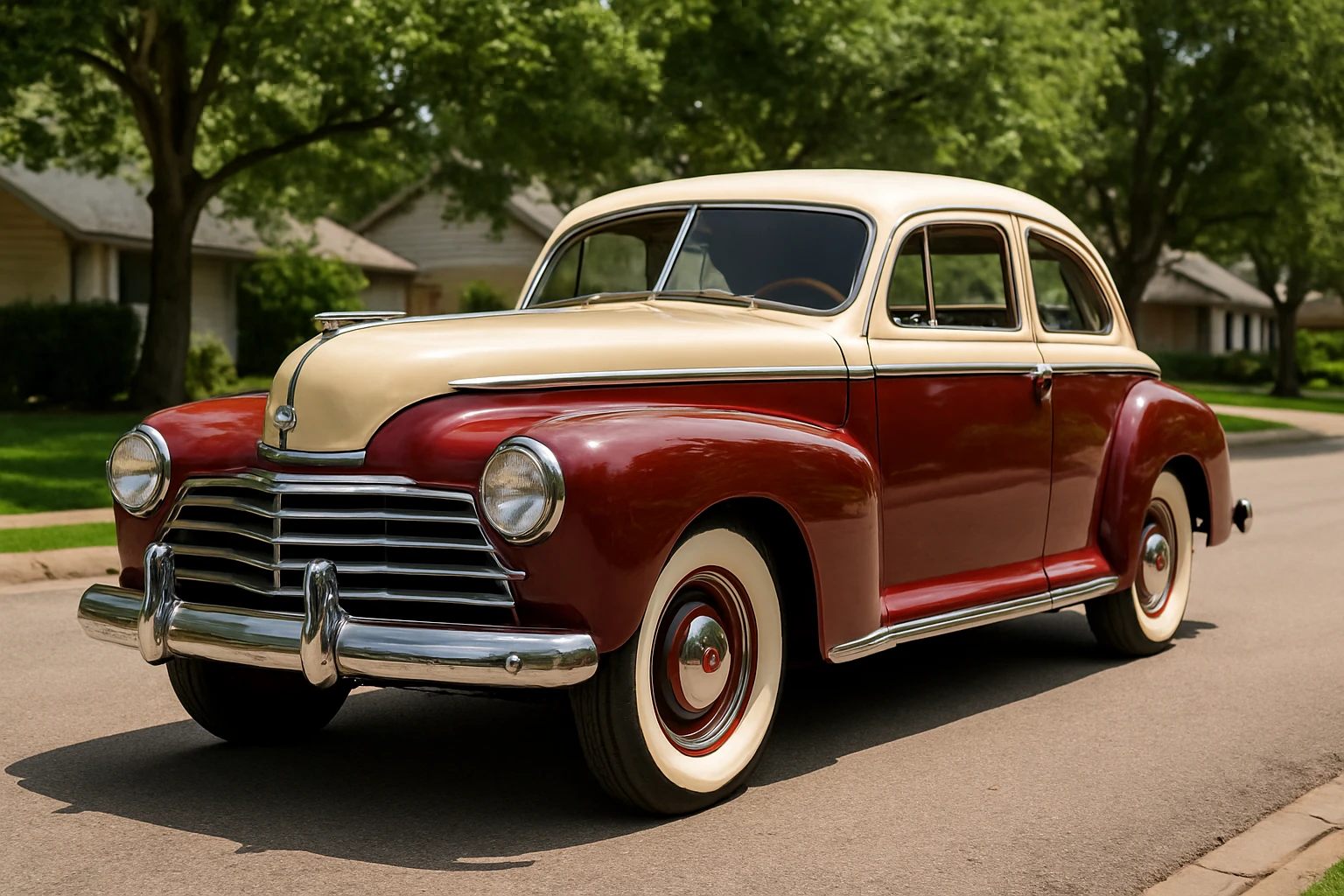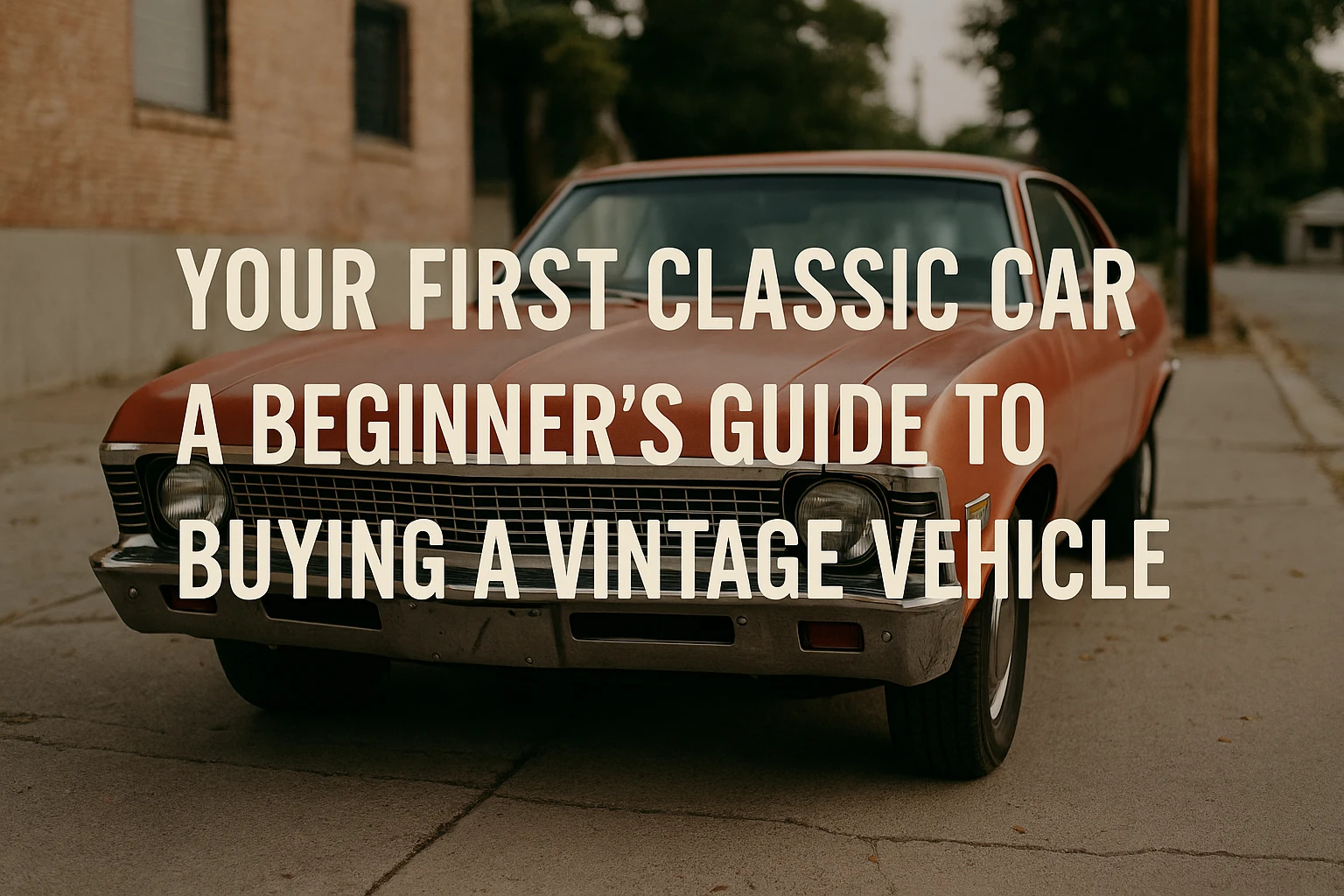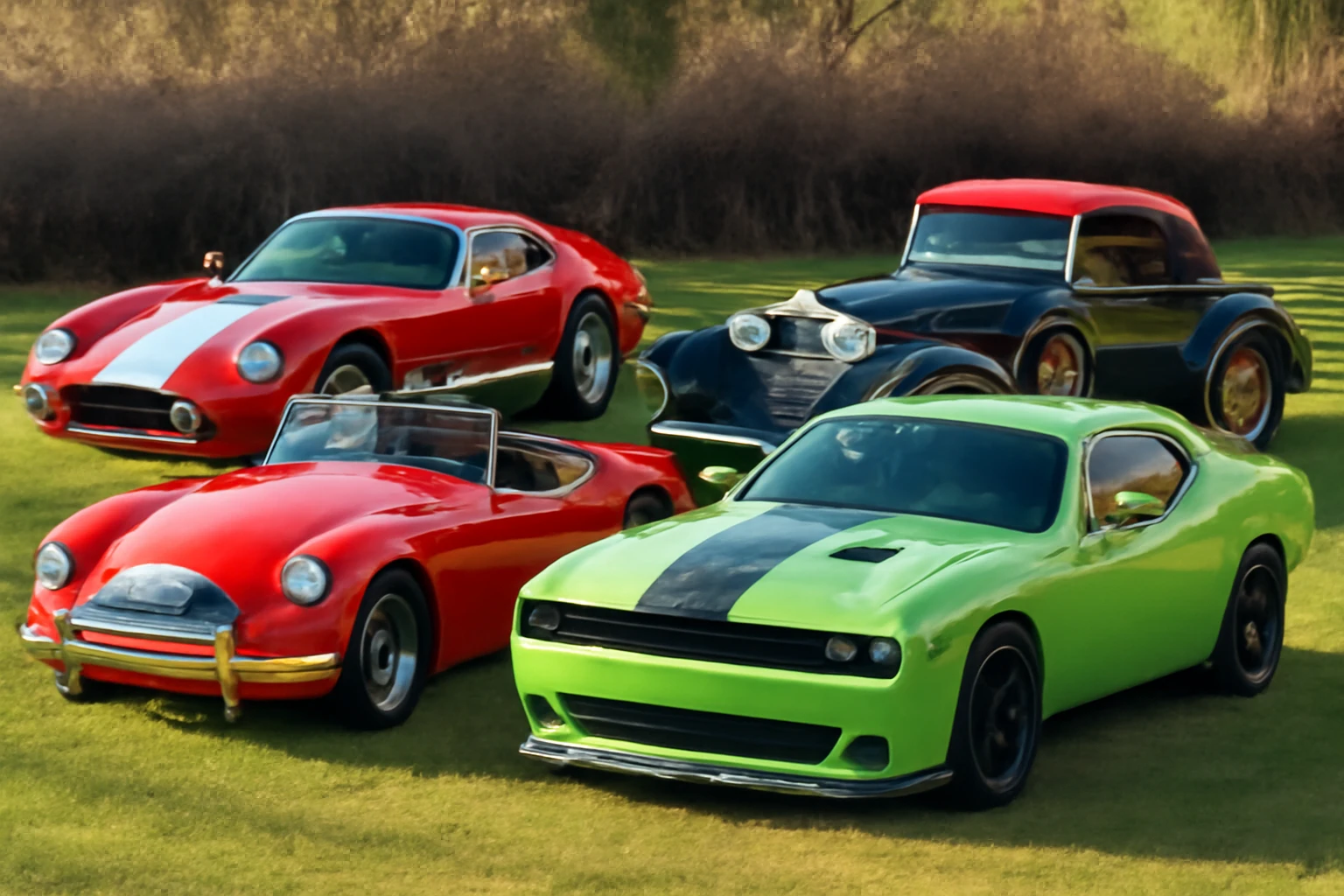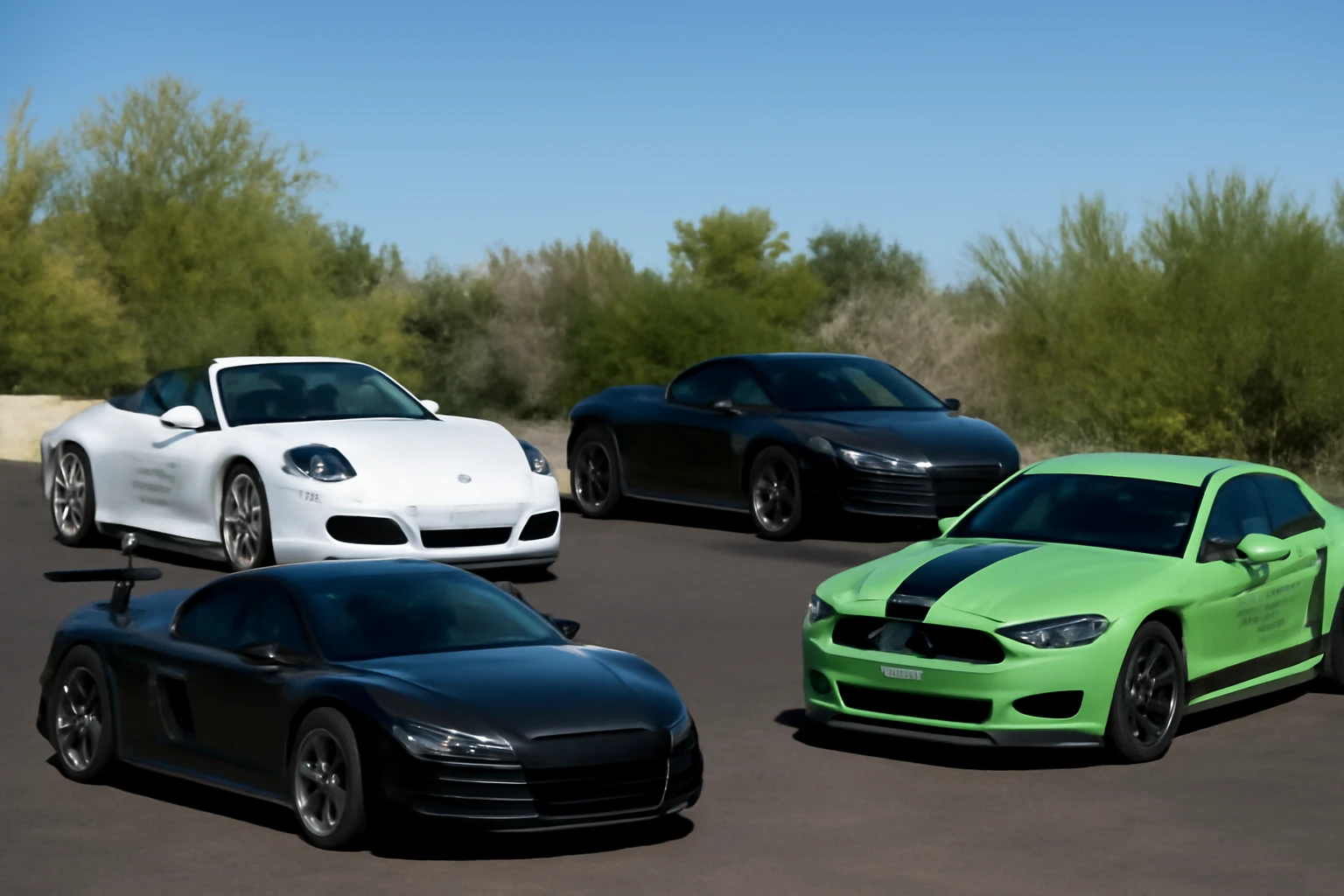Your First Classic Car: 7 Must-Know Tips for Buying a Vintage Vehicle
Buying your first classic car is like stepping into a time capsule. There’s the rush of nostalgia, the thrill of the hunt, and the satisfaction of restoring history with your own hands. Whether you're a lifelong car enthusiast or a curious beginner, choosing a vintage car is a milestone worth celebrating. But before you rush to the nearest seller or classic car auction, let’s navigate the journey smartly and avoid costly rookie mistakes. This guide will give you the full lowdown, the highs and the heartbreaks, and most importantly, help you enjoy the ride.
Understanding Classic Cars
What exactly qualifies a car as “classic”? Well, not every old car cuts. Generally, a classic car is defined as a vehicle that’s at least 20–25 years old, but still retains interest due to design, performance, or nostalgic value. Meanwhile, “vintage” typically refers to vehicles made between 1919 and 1930, and “antique” is reserved for anything over 45 years old.
Car clubs, state DMVs, and insurance companies often define these terms differently, so make sure to double-check before making a purchase. Also, keep in mind that rarity doesn’t always equal value—some popular models are more sought-after than their obscure counterparts simply because of their emotional or cultural significance.
Why Buy a Classic Car?
Let’s be honest, owning a classic car is rarely a logical decision. It’s emotional. It’s visceral. It's personal. Maybe it’s the car your dad used to drive. Or perhaps it’s the one that turned heads in high school. Beyond nostalgia, classic cars can also be a sound investment. Well-kept models can appreciate in value, especially if they’re original or have documented restoration history.
Then there’s the lifestyle aspect. From car shows to Sunday drives, owning a classic car opens doors to communities, events, and experiences you simply won’t find with a modern sedan. It’s a hobby, a passion project, and for many—an identity.
Your First Classic Car: What to Expect
If you're imagining a carefree cruise down the coast with the wind in your hair, hold that thought—but temper it with reality. Classic cars come with their quirks. Think hard about the challenges that start on cold mornings, including occasional leaks and parts that might take months to source.
Don’t let that scare you off. Instead, go in eyes wide open. Budget not just for the car itself but for ongoing care, repairs, and sometimes, a complete overhaul. Enthusiasts often describe the process as rewarding and frustrating in equal measure. But ask any proud owner—it’s worth every penny and every turn of the wrench.
Continued in next message...
Setting a Realistic Budget
Before you even browse listings, lock down your budget. And no, we’re not just talking about the purchase price. Think of it like an iceberg—what you see above the surface is just a fraction of the cost.
Here’s what to include:
-
Initial Purchase Cost: Varies widely based on model and condition.
-
Taxes and Registration Fees: These vary by state and car value.
-
Classic Car Insurance: Usually cheaper than modern cars but comes with mileage restrictions.
-
Restoration and Maintenance: Bodywork, parts, labor—can add up quickly.
-
Storage Costs: Especially important if you live in a region with harsh winters.
-
Transportation: If you're buying from out of state or overseas.
As a rule of thumb, set aside at least 25-30% of your total budget for unforeseen expenses.
Researching the Right Classic Car
Not all classic cars are created equal, especially for first-time buyers. Stick to models known for reliability, parts availability, and solid community support. Here are some beginner-friendly classics:
-
Ford Mustang (1965–1970): Affordable, iconic, and easy to repair.
-
Volkswagen Beetle (1960s–1970s): Quirky, simple, and surprisingly durable.
-
Chevrolet Camaro (late 1960s): Muscle car power with wide parts access.
-
MGB (1962–1980): British charm with easy mechanics and plentiful spares.
-
Mercedes-Benz W123 (1976–1985): Built like tanks, run forever.
Use forums, buyer guides, YouTube reviews, and online communities to learn everything about the models that catch your eye.
Decoding the VIN and Title
The Vehicle Identification Number (VIN) is your classic car’s fingerprint. It tells you the model, production year, and original specifications. Matching the VIN to the chassis, engine, and title is key to spotting fakes or modified vehicles.
Also, be sure to verify:
-
Clean Title: Avoid salvage or rebuilt titles unless you know what you’re doing.
-
Registration History: Gaps or multiple owners in a short time could be red flags.
-
Mileage Consistency: Odometer fraud isn’t uncommon in classic circles.
Inspecting the Car’s Condition
What you see isn't always what you get. Under that gleaming coat of cherry red paint could be a frame rusted to bits.
Here’s a pre-purchase checklist:
-
Rust Check: Look under wheel wells, floor pans, and door frames.
-
Oil Leaks: Minor leaks are common, but major ones signal trouble.
-
Suspension: Bounce each corner to check for soft or blown shocks.
-
Tires and Brakes: Old rubber or warped discs aren’t just expensive—they're dangerous.
-
Interior Wear: Rips, tears, and cracked dashboards can hint at neglect.
Classic Car Red Flags
Some deals are just too good to be true. Watch out for:
-
New Paint Over Rust: A quick flip tactic that hides long-term issues.
-
Non-Matching Numbers: Lowers value significantly.
-
Unverifiable Restoration Claims: No paperwork, no proof.
-
Pushy Sellers: If they want to close quickly, walk away.
Trust your gut. If something feels off, it probably is.
Restored vs. Original: What’s Better?
Both have their charm. Restored vehicles often look and drive like new, but quality varies. “Frame-off” restorations are best, while “cosmetic” ones can mask deeper issues.
Original cars, or “survivors,” are appealing for collectors—but often need work. If you’re after authenticity and don’t mind a project, go original. If you want reliability right away, a well-restored car might be better.
Where to Find Classic Cars for Sale
Start your hunt in the right places:
-
Online Marketplaces: Hemmings, ClassicCars.com, eBay Motors.
-
Classic Car Auctions: Barrett-Jackson, Mecum, and RM Sotheby’s.
-
Forums and Clubs: Many members sell to fellow enthusiasts.
-
Local Car Shows and Meets: Great for networking and leads.
Always insist on seeing the car in person—or via video call—before sending any money.
The Test Drive Checklist
Don’t just take it for a spin—test it like a pro:
-
Cold Start: A good test of engine condition.
-
Transmission Shifts: Jerky or slipping gears are red flags.
-
Brake Response: Should be firm and not pull to one side.
-
Unusual Sounds: Knocking, grinding, whining = bad news.
-
Gauge Readings: Oil pressure and temperature should stay steady.
Bring a friend or a mechanic for a second opinion if you're unsure.
Hiring a Professional Inspector
For a few hundred dollars, a pre-purchase inspection could save you thousands. A qualified classic car mechanic will check:
-
Structural integrity
-
Engine compression
-
Suspension and undercarriage
-
Electrical systems
-
Authenticity of components
Especially when buying remotely, inspections are non-negotiable.
Negotiating the Price
Use your research and inspection results as leverage. Most sellers expect haggling—just don’t lowball to the point of insult.
Helpful strategies:
-
Start 10–15% below asking.
-
Point out flaws calmly and factually.
-
Don’t appear too eager.
-
Be ready to walk away.
Having financing or cash ready can also make you more appealing to sellers.
More sections coming next...
Classic Car Insurance Essentials
Unlike everyday vehicles, classic cars require specialized insurance. You’ll want to explore agreed value policies, which allow you and the insurer to set the vehicle’s value upfront—rather than relying on depreciation.
Key insurance considerations:
-
Mileage Restrictions: Many classic policies limit how far you can drive annually.
-
Storage Requirements: Typically, the car must be stored in a secure garage.
-
Usage Type: Limited to hobby driving, shows, or parades—not daily commutes.
-
Restoration Coverage: Some policies cover cars under restoration, others do not.
Contact providers like Hagerty, Grundy, or American Collectors Insurance for tailored options.
Paperwork and Legal Considerations
Buying a classic car isn’t like picking up a used Camry. Each state handles titles, emissions, and registrations differently—especially with older vehicles.
Double-check:
-
Emissions Exemptions: Some classic cars are exempt, others aren’t.
-
Smog Tests: Required in certain states even for vintage models.
-
Bill of Sale: Always have a signed copy detailing VIN, sale price, date.
-
Title Transfer: Make sure the seller signs it over properly.
-
Sales Tax: May apply depending on state laws.
It’s also wise to photocopy everything and store digital backups.
Classic Car Storage Tips
Where you keep your classic ride is just as important as how you maintain it. Exposure to the elements can turn a showpiece into a rust bucket in no time.
Storage do’s and don’ts:
-
Do store in a climate-controlled garage.
-
Do use a breathable car cover (avoid plastic tarps).
-
Do disconnect the battery or use a tender to avoid drainage.
-
Don’t park on bare concrete—use rubber mats to prevent moisture wicking.
-
Don’t leave the fuel tank low—condensation causes rust inside the tank.
During winter, consider full preservation methods like draining fluids and using stabilizers.
Maintenance Basics for Beginners
Owning a classic car means rolling up your sleeves—at least a little. Even if you don’t plan to restore it yourself, basic maintenance is non-negotiable.
Get familiar with:
-
Oil Changes: Every 1,000–3,000 miles or once per year.
-
Brake Inspections: Regular checks prevent dangerous failures.
-
Fluid Levels: Antifreeze, brake fluid, transmission fluid.
-
Rubber Hoses and Belts: Tend to degrade with age.
-
Electrical Systems: Older wiring is prone to corrosion and failure.
A good toolkit, repair manual, and YouTube tutorials can take you surprisingly far.
Joining Classic Car Communities
No one gets the classic car lifestyle like other enthusiasts. Joining a club or online group is a fantastic way to:
-
Get advice from experienced owners
-
Find parts, tools, and restoration shops
-
Access exclusive events and shows
-
Get peer support on your car’s quirks and fixes
Check out national groups like the Antique Automobile Club of America (AACA), or visit- usedvehicle.us make and model.
The True Cost of Classic Car Ownership
Let’s keep it real: owning a vintage vehicle is not cheap. Beyond money, it costs time, energy, and sometimes—sanity. Still, the payoff is huge.
Expect to invest in:
-
Ongoing Repairs: Especially if driving regularly.
-
Rising Insurance: As the car’s value appreciates.
-
Unexpected Breakdowns: Tow trucks become familiar.
-
Learning Curve: Mistakes will be made—embrace them.
Despite these, most owners say they wouldn't trade the experience for anything.
Mistakes to Avoid When Buying
Even seasoned buyers make errors, but newbies? They're even more vulnerable. Avoid these common pitfalls:
-
Falling in love at first sight
-
Ignoring red flags due to excitement
-
Buying without an inspection
-
Overpaying for shiny paint
-
Not budgeting for post-sale costs
Slow down, do your homework, and ask lots of questions.
Best First-Time Classic Cars to Consider
Some classics are just easier to own. Here are a few more safe bets:
-
Pontiac GTO (1964–1967)
-
Chevy Bel Air (1955–1957)
-
Datsun 240Z (1970–1973)
-
Porsche 914 (1970–1976)
-
Jeep CJ-5 (1960s–1970s)
These models strike the right balance between affordability, availability, and excitement.
Testimonial: Buying My First Classic Car
“I bought a 1968 Mustang Fastback on a whim. I didn’t know the difference between a carburetor and a fuel injector. But I learned. It stalled on the way home. The clutch was shot. I spent weekends wrenching in the garage, joined a local club, and slowly turned it into a beauty. The process changed my life. I drive it every weekend now—it’s my therapy on wheels.”
— Mark L., Austin, TX
Tips for Your First Classic Car Show
So you've got the car—now show it off. But don’t just roll in unprepared.
Here’s how to prep:
-
Wash and wax it thoroughly.
-
Clean the engine bay and interior.
-
Print out a fact sheet with history and specs.
-
Bring folding chairs and bottled water.
-
Smile and talk to people—shows are social!
You don’t need to win awards to be appreciated. It’s about sharing your passion.
The Joy of Driving a Classic Car
Unlike modern cars, classic vehicles have personality. You feel every vibration. You hear every gear shift. There's no screen yelling “lane assist” at you.
Driving a vintage car is not just transportation—it’s time travel. It’s you, the machine, and the road. Pure and simple.
Your First Classic Car
Your first classic car is more than a possession—it’s a chapter of your life. You’ll sweat over it, curse at it, and sometimes dream about it. But the joy it brings? That’s something you can't buy off a dealership lot. Whether it's a restored gem or a rough project car, your classic ride will teach you patience, reward curiosity, and remind you that craftsmanship never goes out of style.
FAQs
Is buying a classic car a good investment?
Yes, many classic cars appreciate, but only with proper maintenance and documentation.
Do classic cars require more maintenance?
Absolutely. They demand more care and attention than modern vehicles, especially in storage and upkeep.
What is the best age for a classic car?
Cars 20–40 years old are generally considered ideal for beginners due to better parts availability.
Can I drive my classic car daily?
Technically yes, but it's not recommended. Wear and tear, mileage limits, and comfort can be concerns.
How do I know if a classic car is overpriced?
Check pricing guides, auction history, and consult online forums or clubs for accurate valuations.
Should I buy a project car or one that’s already restored?
Beginners should aim for well-maintained or lightly restored cars unless they have mechanical experience.
Conclusion
Choosing your first classic car isn’t just about chrome and curves—it’s about passion, patience, and pride. With the right research, a realistic budget, and a love for the ride, you’ll find a vehicle that doesn’t just transport you—it transforms you.
So go ahead—start your engines, chase your dreams, and make history your co-pilot.

